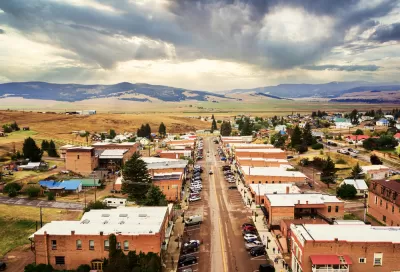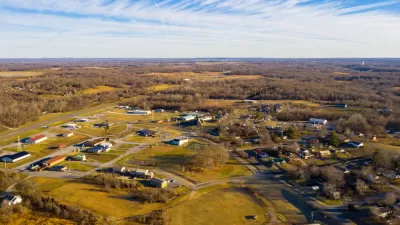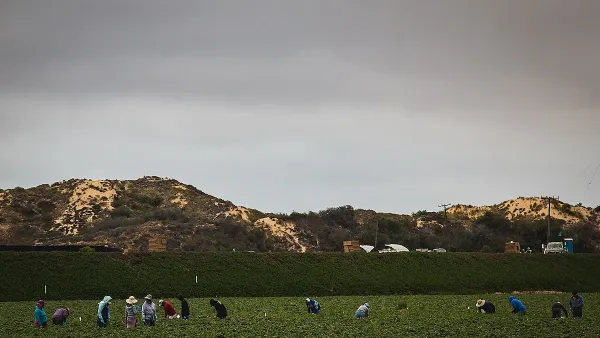Americans continued to move to smaller towns and cities, resulting in a fourth straight year of growth in rural areas.

Rural communities in the United States grew for a fourth straight year, according to Census estimates.
“Nonmetropolitan, or rural, counties grew by 134,000 residents between 2023 and 2024, reversing a decade-long trend of population decline that happened between 2010 and 2020.” Although deaths still outnumber births in rural areas, a phenomenon known as natural decrease, more people moved to rural areas than the number of people who left.
According to Melotte, “A similar trend occurred in smaller metropolitan areas. Metro counties with populations fewer than 250,000, referred to simply as small metros in the table below, lost just over 2,000 residents to natural decrease in 2024. These counties, however, also gained an additional 226,200 residents by people moving in.” Only the nation’s largest and medium-sized metros had growth that was a combination of in-migration and natural growth.
The South saw the largest growth, with two-thirds of the rural population growth happening there. The South gained an additional 130,100 residents in 2024, resulting in a net growth of 88,200 people after natural decrease. “In terms of percent change, however, the largest growth last year happened in the Interior Northwest. Between 2023 and 2024, the Interior Northwest, which includes the states of Idaho, Wyoming, and Montana, grew by 12,000 residents, a 0.68% increase.”
FULL STORY: Migration to Rural America Resulted in Population Growth Last Year, Census Shows

Planetizen Federal Action Tracker
A weekly monitor of how Trump’s orders and actions are impacting planners and planning in America.

Chicago’s Ghost Rails
Just beneath the surface of the modern city lie the remnants of its expansive early 20th-century streetcar system.

San Antonio and Austin are Fusing Into one Massive Megaregion
The region spanning the two central Texas cities is growing fast, posing challenges for local infrastructure and water supplies.

Since Zion's Shuttles Went Electric “The Smog is Gone”
Visitors to Zion National Park can enjoy the canyon via the nation’s first fully electric park shuttle system.

Trump Distributing DOT Safety Funds at 1/10 Rate of Biden
Funds for Safe Streets and other transportation safety and equity programs are being held up by administrative reviews and conflicts with the Trump administration’s priorities.

German Cities Subsidize Taxis for Women Amid Wave of Violence
Free or low-cost taxi rides can help women navigate cities more safely, but critics say the programs don't address the root causes of violence against women.
Urban Design for Planners 1: Software Tools
This six-course series explores essential urban design concepts using open source software and equips planners with the tools they need to participate fully in the urban design process.
Planning for Universal Design
Learn the tools for implementing Universal Design in planning regulations.
planning NEXT
Appalachian Highlands Housing Partners
Mpact (founded as Rail~Volution)
City of Camden Redevelopment Agency
City of Astoria
City of Portland
City of Laramie





























